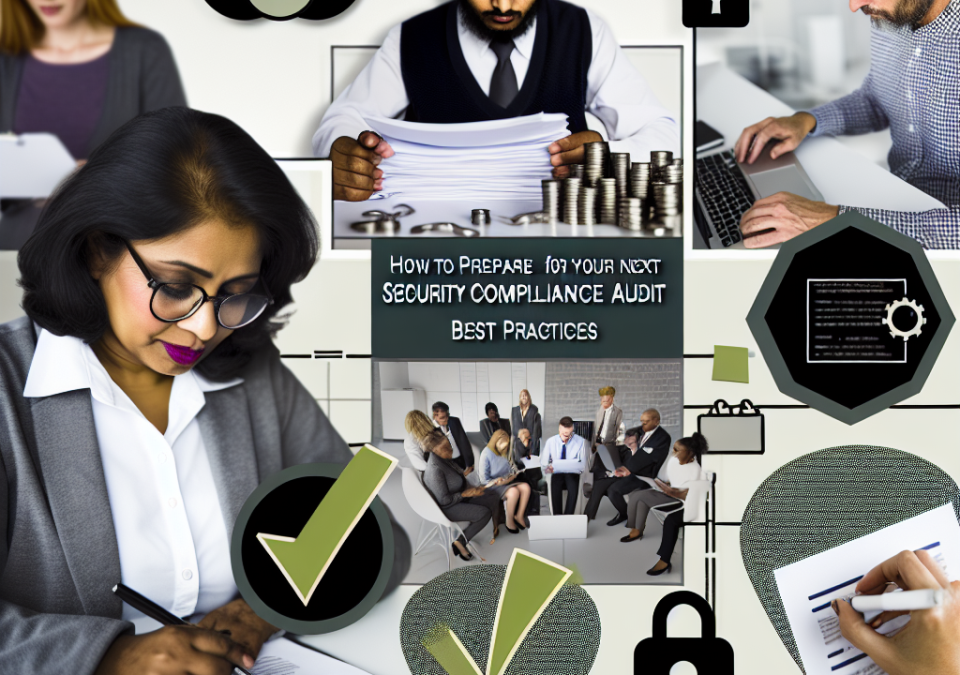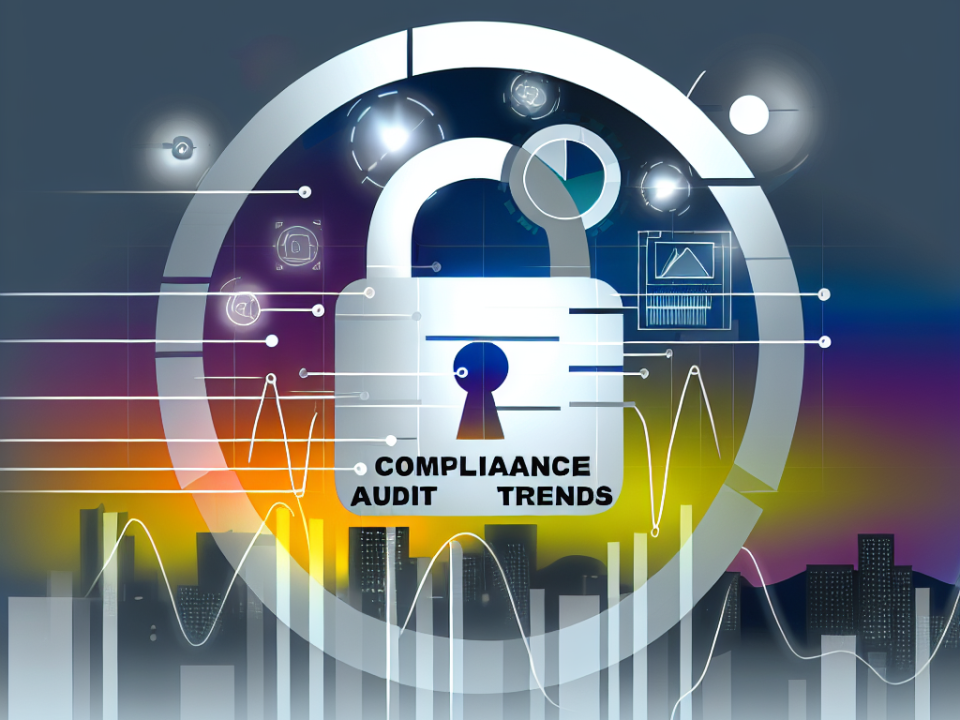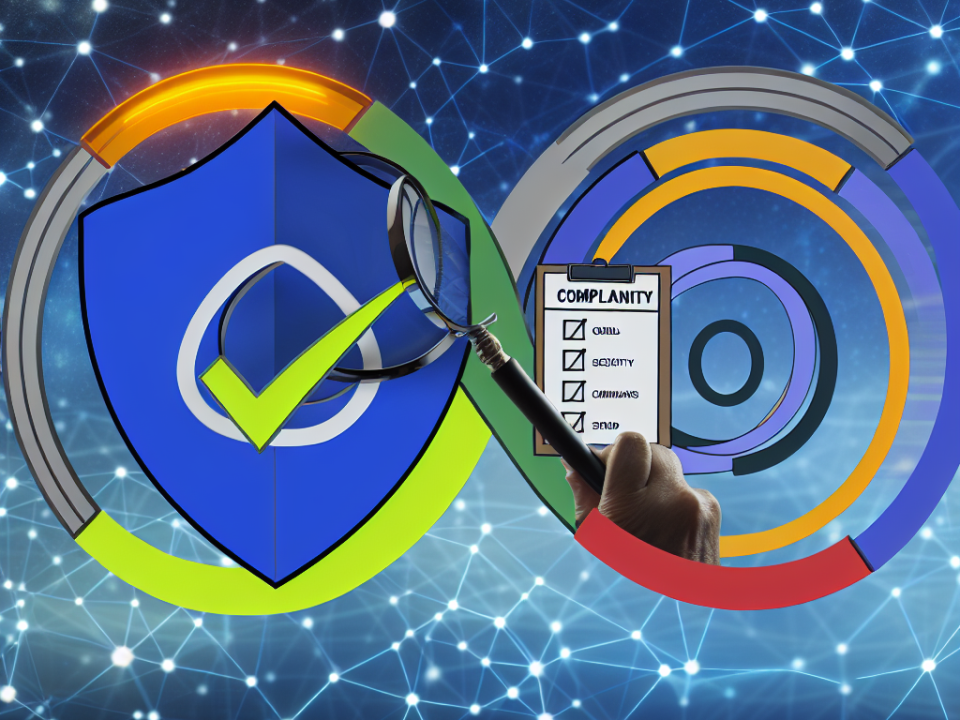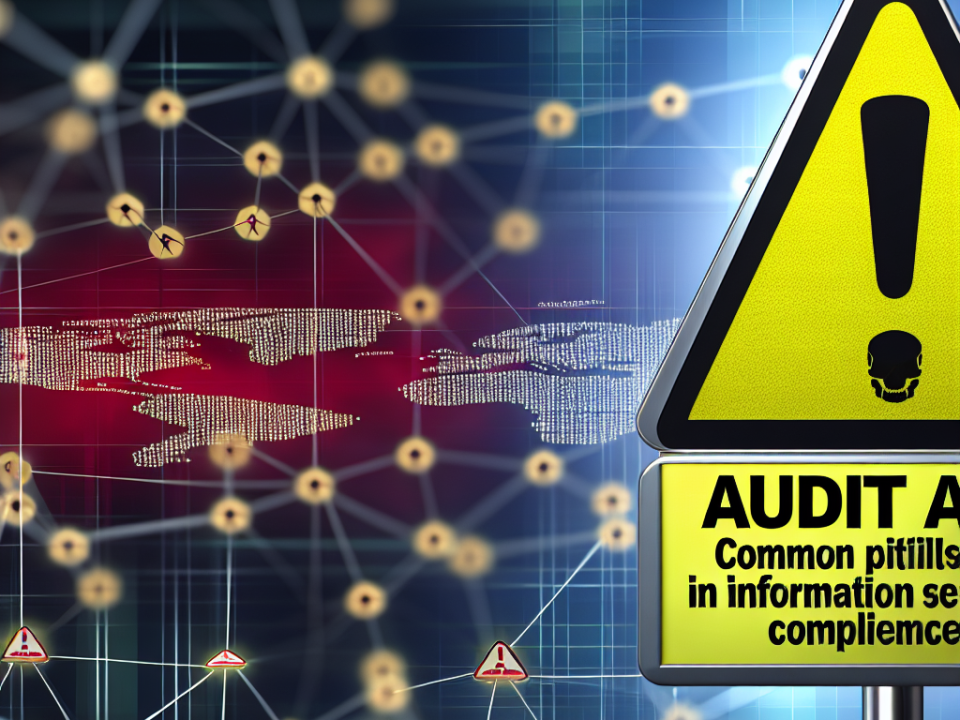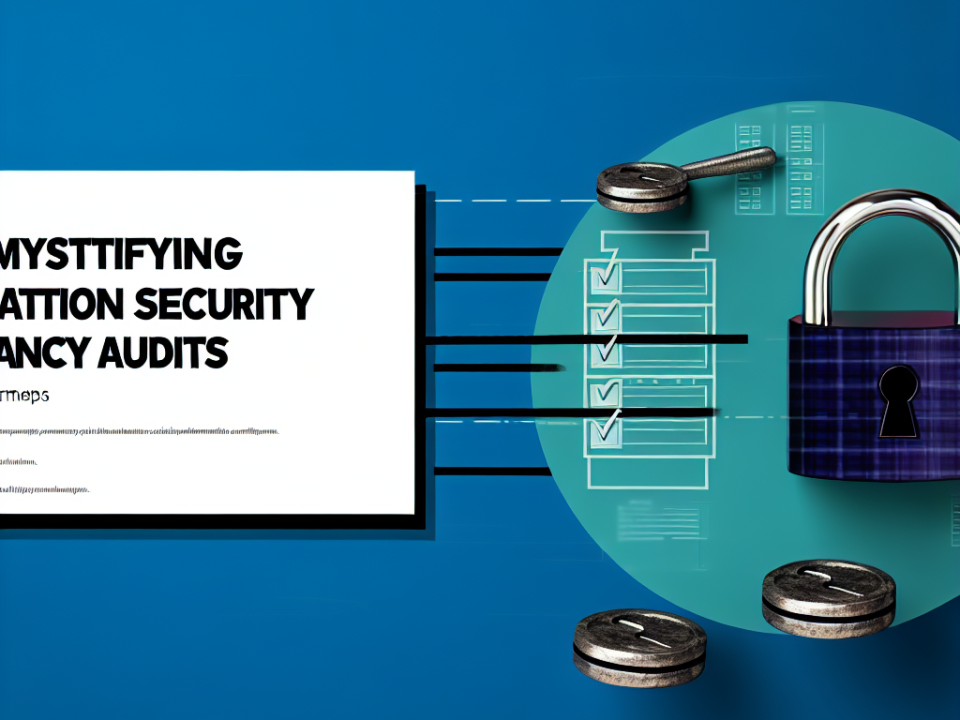
Defense in Depth: Layering Security for Your Cloud Infrastructure
July 8, 2025
Feel free to mix and match phrases or adjust them to better suit your content!
July 9, 2025
In an era where cyber threats are ever-evolving, businesses must prioritize security compliance to protect their sensitive data and maintain trust with customers. A security compliance audit serves as a crucial checkpoint to ensure your organization is adhering to relevant regulations and standards. Preparation is key to navigating this audit smoothly and successfully. Here are some best practices to help you get ready.
1. Understand Compliance Requirements
Before diving into preparation, familiarize yourself with the specific regulations that apply to your organization. Depending on your industry, this could include:
- HIPAA for healthcare
- PCI DSS for payment card data
- GDPR for personal data protection in the EU
- SOX for financial reporting
Each compliance framework has specific guidelines and requirements. Ensure you understand these thoroughly to align your policies and procedures accordingly.
2. Conduct a Pre-Audit Assessment
A pre-audit assessment helps you identify gaps in your compliance. Conduct an internal review of your security policies, procedures, and controls. This may involve:
- Reviewing documentation
- Evaluating security tools
- Assessing incident response plans
A thorough self-assessment allows you to spot weaknesses before auditors do, helping you address them proactively.
3. Update Documentation
Auditors will review your documentation to assess compliance. Ensure that all relevant policies, procedures, and reports are current, complete, and readily available. This may include:
- Security policies
- Risk management frameworks
- Incident response plans
- Training records
Properly organized documentation showcases your organization’s commitment to compliance and makes the audit process more efficient.
4. Train Your Team
Your security posture relies heavily on the awareness and training of your employees. Conduct regular training sessions to ensure that your team understands their role in maintaining compliance. Focus on:
- Security policies and procedures
- Data protection best practices
- Incident reporting protocols
Regular training sessions reinforce a compliance-oriented culture within the organization and help mitigate risks associated with human error.
5. Implement Security Controls
Strong security controls are essential for compliance. Ensure that you have implemented necessary technical and physical safeguards, such as:
- Firewalls and antivirus software
- Data encryption and access controls
- Regular vulnerability assessments and penetration testing
Document how these controls are implemented and maintained; this evidence will be crucial during the audit.
6. Keep Records of Security Incidents
An audit will often involve a review of your organization’s response to past security incidents. Maintain comprehensive records of any breaches or security events, including:
- Incident timelines
- Steps taken to remediate issues
- Lessons learned
Demonstrating a proactive approach to security incident management shows auditors your commitment to continuous improvement.
7. Engage with Your Auditors Early
Establishing open communication channels with your auditors can streamline the process. Involve them early in your preparation phase, asking for guidance on what will be expected during the audit. This collaborative approach fosters clarity and ensures you’re not missing any critical elements in your documentation or controls.
8. Conduct Mock Audits
Conducting a mock audit can simulate the actual audit process and prepare your team for what to expect. This exercise allows you to:
- Identify strengths and weaknesses
- Familiarize your team with audit protocols
- Practice responses to potential auditor questions
Mock audits help alleviate anxiety and build confidence for the actual compliance audit.
9. Focus on Continuous Improvement
Compliance is not a one-time effort but an ongoing process. Emphasize continuous improvement in your security policies and procedures even after the audit concludes. Regularly engage in:
- Risk assessments
- Audit follow-ups
- Policy updates
This commitment to improvement not only prepares you for future audits but enhances your organization’s overall security posture.
Conclusion
Preparing for a security compliance audit requires a combination of understanding requirements, thorough documentation, effective training, and engaging collaboration. By following these best practices, you can approach your next audit with greater confidence, ensuring compliance and fostering a culture of security awareness within your organization. Remember, a successful audit is not just about passing; it’s about demonstrating your organization’s commitment to protecting sensitive data and maintaining the trust of your stakeholders.

